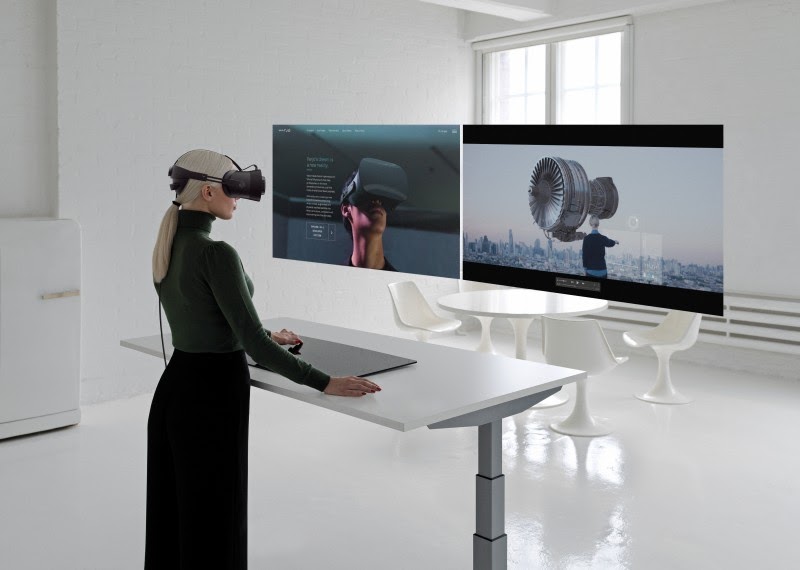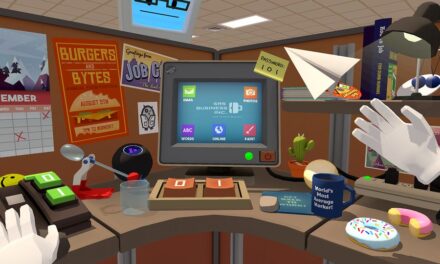Varjo Technologies announced its new, innovative 2D/3D immersive user interface called “Workspace”, which pairs with the recently announced Varjo XR-1 Developer Edition AR/VR headset. The new interface allows professionals to easily use Microsoft Windows applications and 3D software tools within a human eye-resolution VR or AR environment. Users can modify their creations in 3D while seamlessly switching between real, virtual and mixed reality modes.
“Unlike other immersive computing UIs, Varjo Workspace is not built on ‘hand-waving’ Hollywood UIs with no practical basis in reality, but instead integrates the way we work today using professional 2D applications – all enhanced by the capabilities of Varjo’s XR-1 Developer Edition,” said co-founder and Chief Product Officer, Urho Konttori, in a blog post. “Varjo is unique in being the only product maker capable of photorealistic visual fidelity in both VR and XR, with perfect color accuracy and control. This is a key enabler for the next computing paradigm. Today, the XR-1 and Varjo Workspace greatly expand the value of mixed reality for professionals by enabling immediate iterations and radically faster 2D/3D workflows.”
This dimensional interface allows extreme resolution to Microsoft Windows desktops of any size and allows developers to work within their preferred existing creation software and brings them all into the 3D environment. For example, the XR-1 headset allows developers to see their keyboard while working in CAD rather than having to switch back and forth from the headset to monitor.
Currently, the headset and software are marked at a $10,000 price tag plus $1995 one-year software and support package, meaning that they are primarily aimed at enterprises with the money to invest.
For now, the comforting prospect to the enterprise world is, that even with the hefty price, the technology of bridging the 2D UI with the 3D world is now available. It is made possible by Varjo’s pass-through photorealistic video and could someday allow developers to work while never having to take off their headset. This will inevitably reduce the time and cost of development and will make VR all the more desirable for businesses for demos and training.






